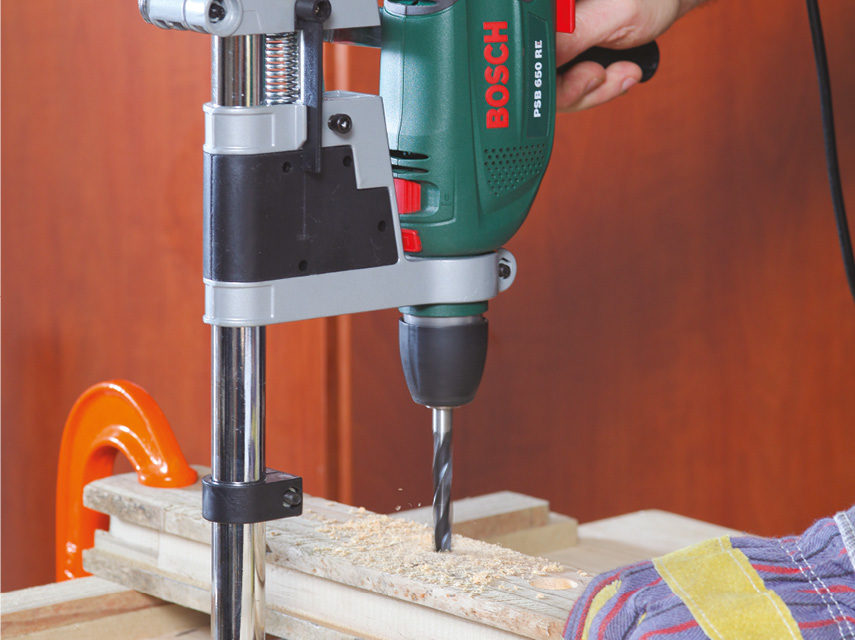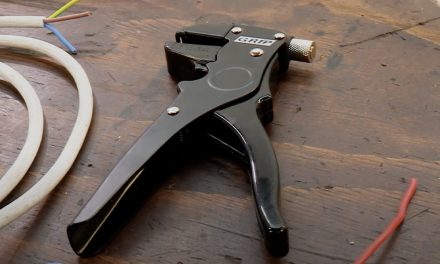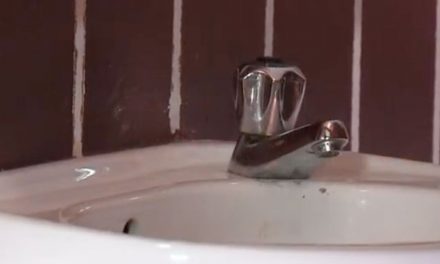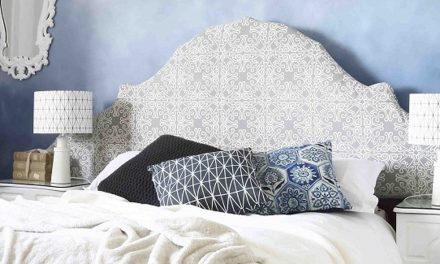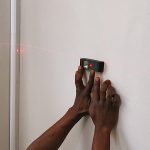With its many attachments and accessories, you can use a power drill for more than just drilling holes.
A power drill is an essential home DIY tool. Not only does it have attachments that allow you to drill holes and screw in fasteners, but also a load of other accessories which enable you to polish, buff and grind (although using a grinding or cutting disc on a drill is very dangerous; that’s why an angle grinder has a safety guard). Use the wire brush attachment for polishing metal and removing rust, or the hole saw attachment for cutting holes.
Impact, hammer and compact drills are designed for drilling different materials. Compact drills are good for wood, metal and plastic. Should you want to put up a shelf or hang a picture on a brick and plaster wall, then you will need a hammer drill. Rotary hammer drills are used for drilling into stone and concrete and are therefore more suitable for the DIY enthusiast or commercial customers.
Rotary hammer drills have options to fit standard drill bits using a SDS chuck adaptor. A power tool is only as good as the accessory you use it with. Remember when drilling to choose the right bit for the application. Use a masonry bit for drilling into plaster and brick and a high-speed steel (HSS) bit for drilling into metal, wood or plastic.
Top tip: If your drill didn’t come with a case, you’ll need to get one to store it and your drill bits in. Take the drill with you when buying the case so you can make sure everything fits securely.
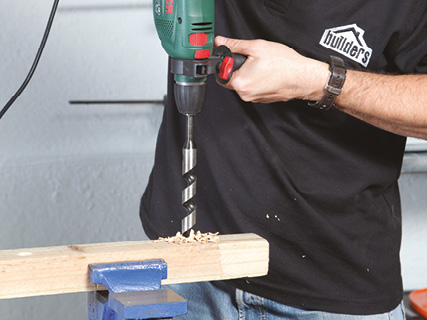
How to use your drill
Most holes need to be drilled at right angles to the surface.
Step 1
If you have a good eye, check from two angles against known verticals and horizontals, such as a window frame’s top and sides, that you are holding the drill at more or less the right angle. This is good enough for many drilling jobs.
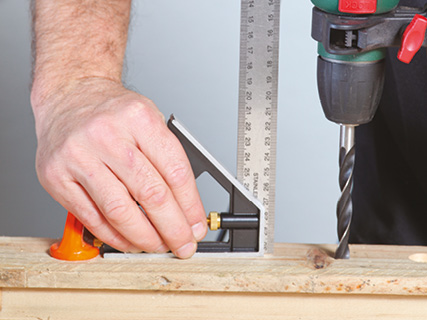
For more accuracy, hold the drill in position and stand a try square on the surface you are drilling into. The drill bit should be parallel with the vertical blade of the try square.
Hints:
- For a smooth hole, drill it out more than once.
- Use the right attachments for sanding, polishing, wire brushing, grinding, cutting holes, tightening bolts, sharpening edges.
- Make sure you use the right drill and drill bit for the material you are working with.
- Hammer drills create a lot of dust. To reduce the mess, tape an open envelope to the wall just below where you’ll be drilling and most of the dust will fall into it instead of onto your floor or carpet. Or you could use a factory-made drill dust collector.
Safety:
Follow the manufacturer’s instructions. Always wear safety glasses, gloves and a dust mask.

